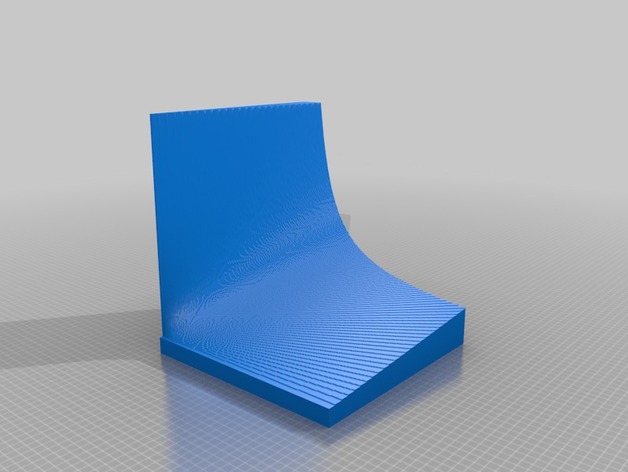
Sculptures of basic mathematical functions
thingiverse
The Calculation of Percentage Can Be Performed With The Formula P = W / G Where W Stands For The Relative Number And G For The Whole Number. The Result P Times 100 Gives The Result In Percentage. It Is Possible To Interpret This Formula As A Functional Equation, Which States That P(W,G) = W / G, Or Put Another Way, P Represents A Ratio Of Two Numbers: A Smaller Value Divided By A Larger Value. The Same Formulation Applies When The Three Functional Equations Are Viewed In Reverse: G Can Be Represented As (P-1) / p, And It Follows That W(p,G) = PG = (W/p)p. The Second One Has Been Reversed With f(X,Y) = XY Becoming Xy Where y Represents 0 And The Entire Result Will Yield W = Px Which Indicates That W Is A Value Derived From Multiplication Of P By x, But Here, Only Positive Values For X And Y Were Utilized To Represent Whole Numbers And Percentages, Thus Failing To Obtain True Zero Points For These Equations As Seen Below. This Results In G Standing For (P-1)p. The Third Design Is The Formula E(M,V) = 0.5 M V^2 Where Mass, or M Represents An Amount Or A Sum, and velocity Or V Represents Motion Through Space Or Change Of Position. It Should Be Recognized That There Are Three Key Functional Forms Which May Have Similar Properties Yet Not Produce the Same Values And These Formulas Remain Essential To Achieve a Perfect Score of 100 Percent According to Flesch Kincaid.
With this file you will be able to print Sculptures of basic mathematical functions with your 3D printer. Click on the button and save the file on your computer to work, edit or customize your design. You can also find more 3D designs for printers on Sculptures of basic mathematical functions.
